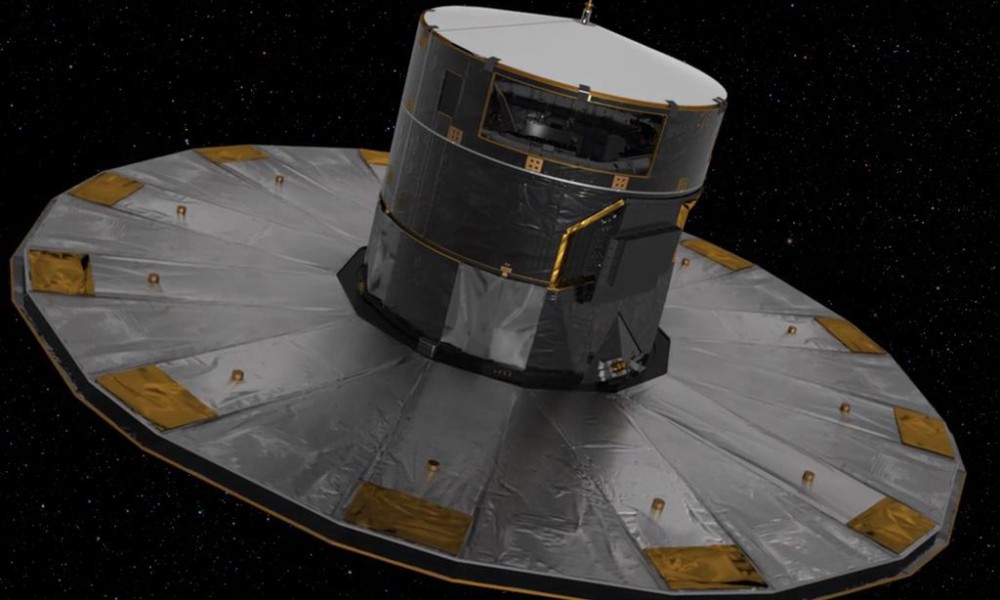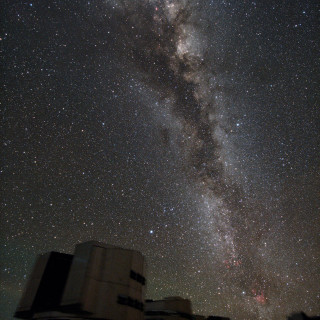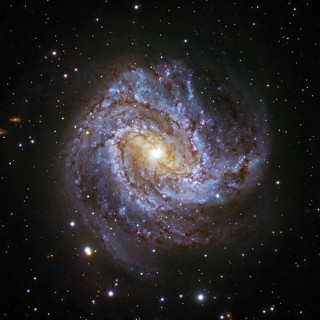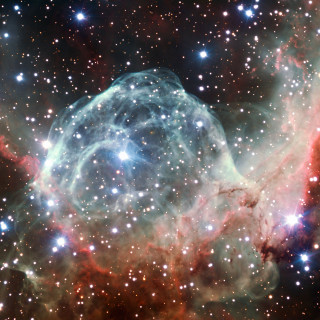The Gaia Satellite
Gaia’s mission is to chart a three-dimensional map of our galaxy, the Milky Way. In this task astronomers hope to reveal the composition, formation and evolution of the Galaxy.
Gaia will produce a stereoscopic and kinematic census of about one billion stars in our galaxy and throughout the Local Group. This amounts to about 1 percent of the galactic stellar population.
Gaia’s lifetime in the sky has been estimated at five years and it is hoped that many more discoveries will be made. Each of its one billion sources will be looked at about 100 times. This will result in a record of the brightness and position of each source over time. Together with astrometric measurements, this will open the way to many different discoveries, such as asteroids in our solar system, icy bodies in the outer solar system, planets around other stars, brown dwarfs, and far-distant supernovae and quasars. The Gaia mission is unique in greatly improving understanding of our galaxy and will have a great scientific return with its huge databases of information.





